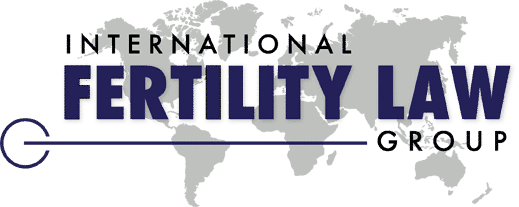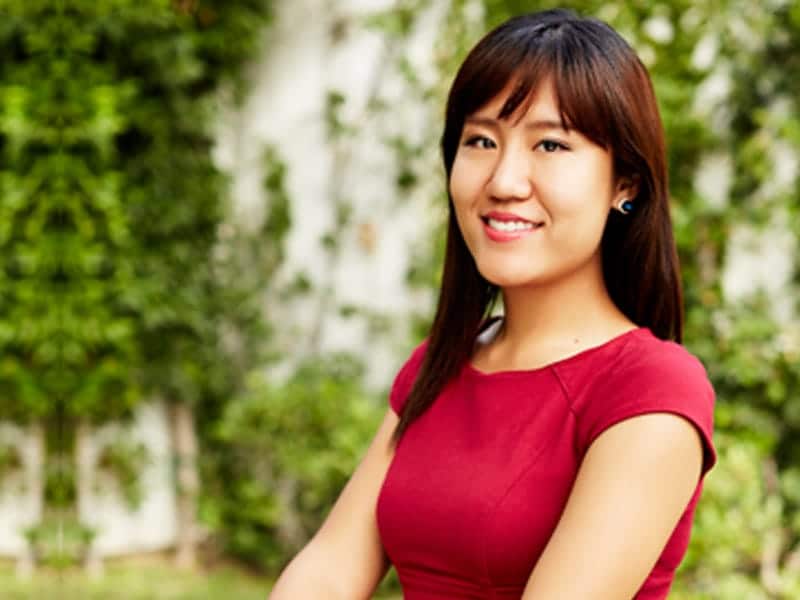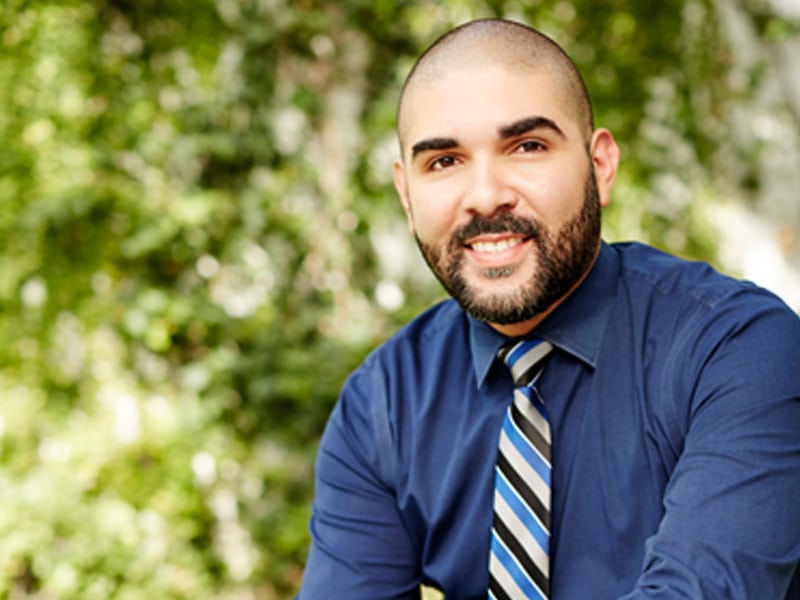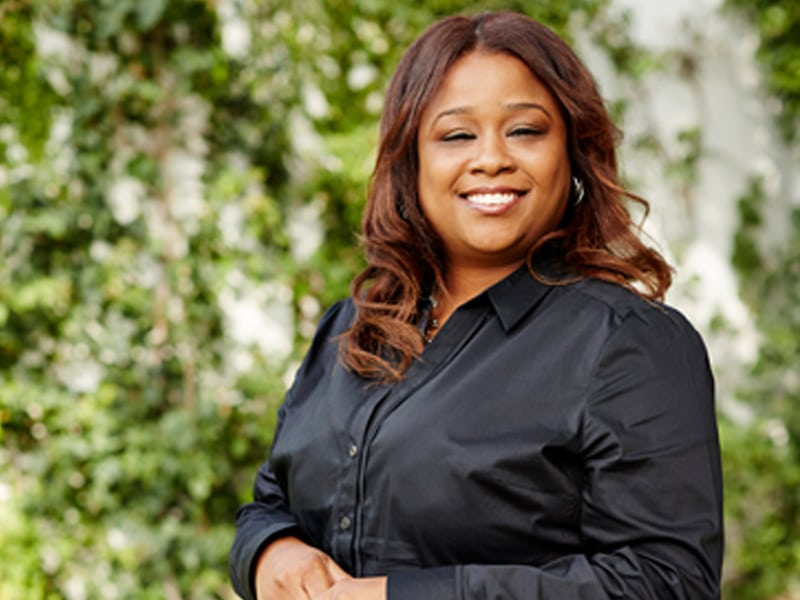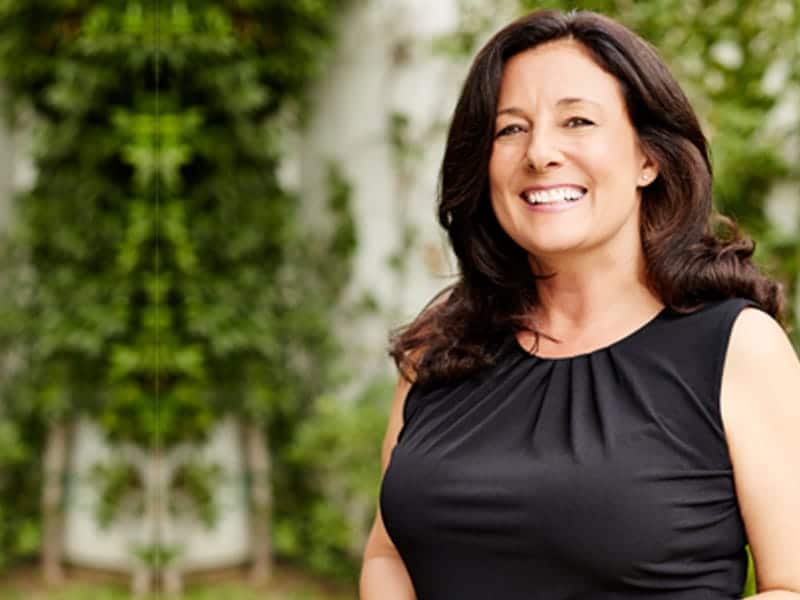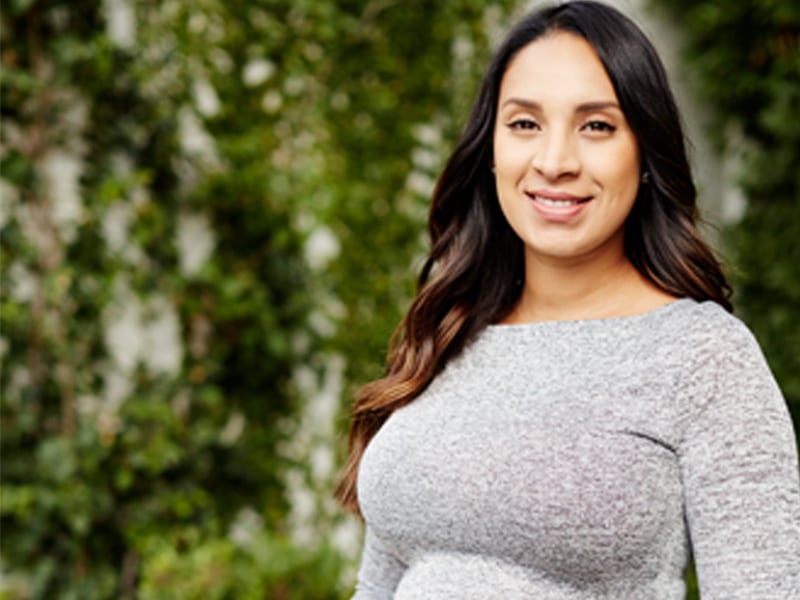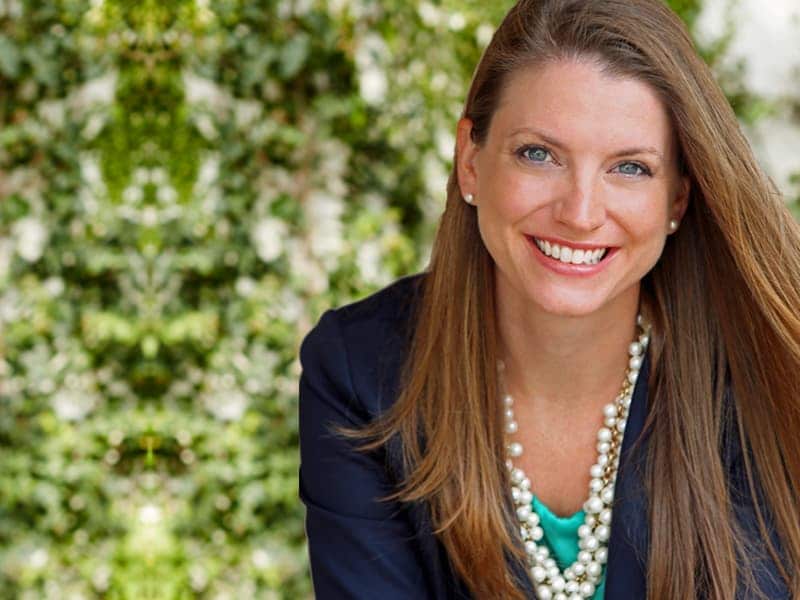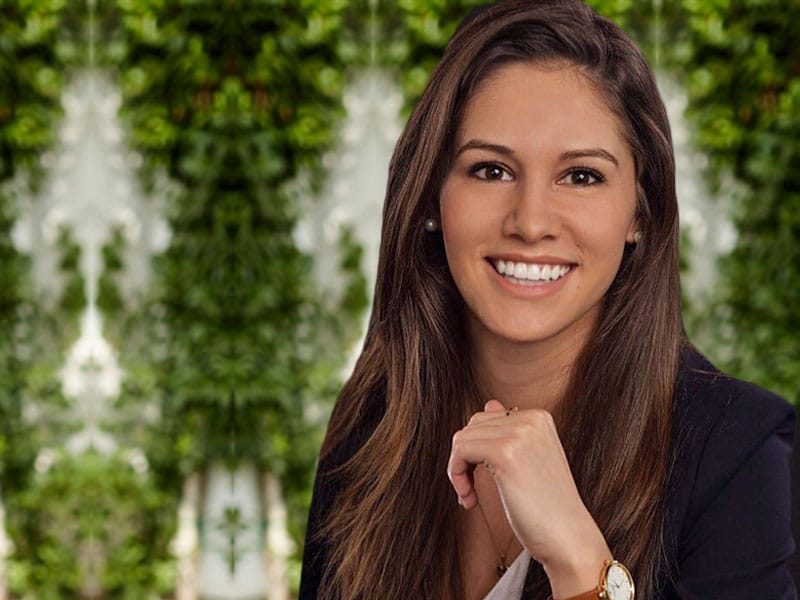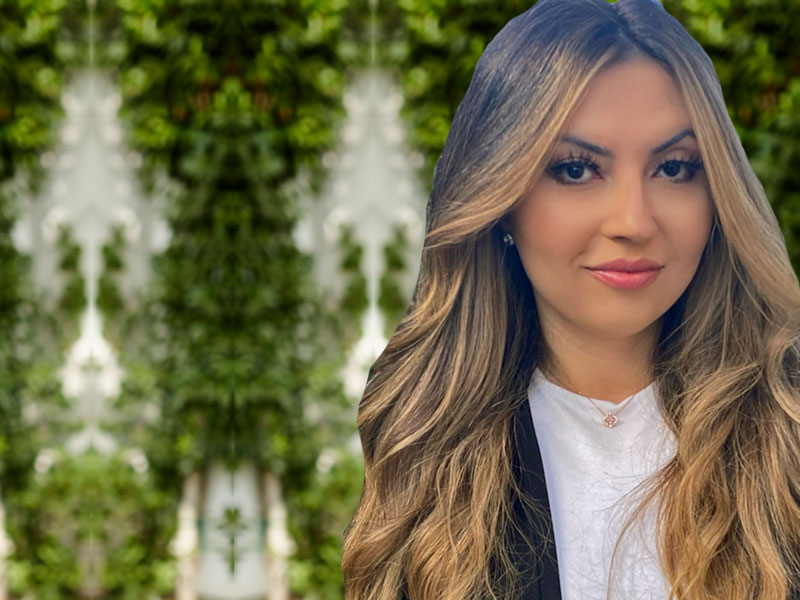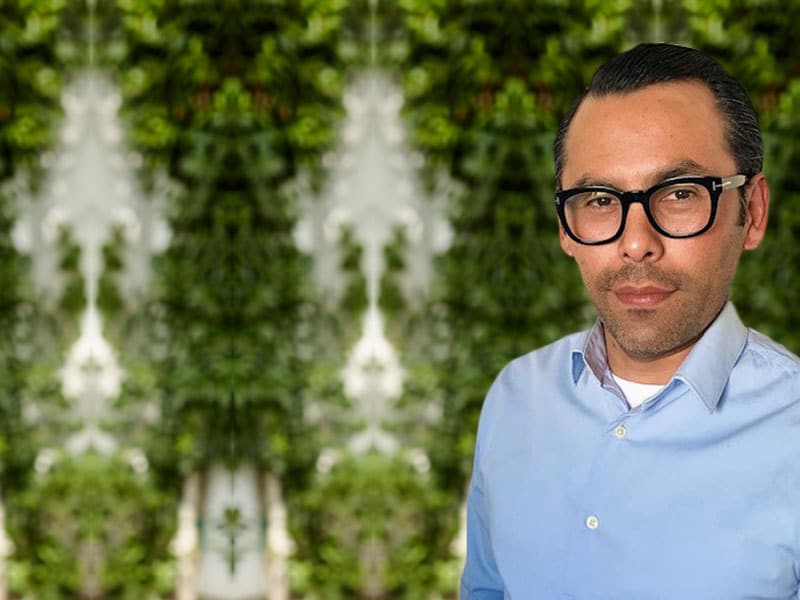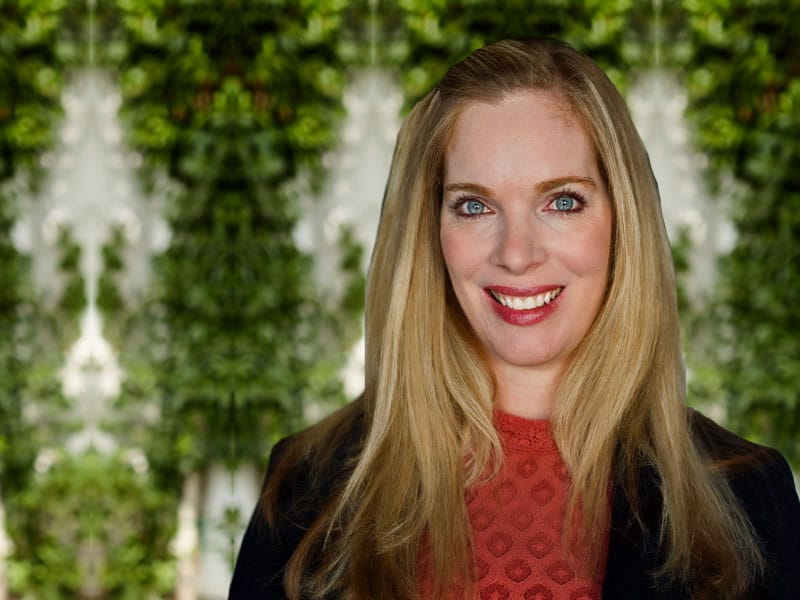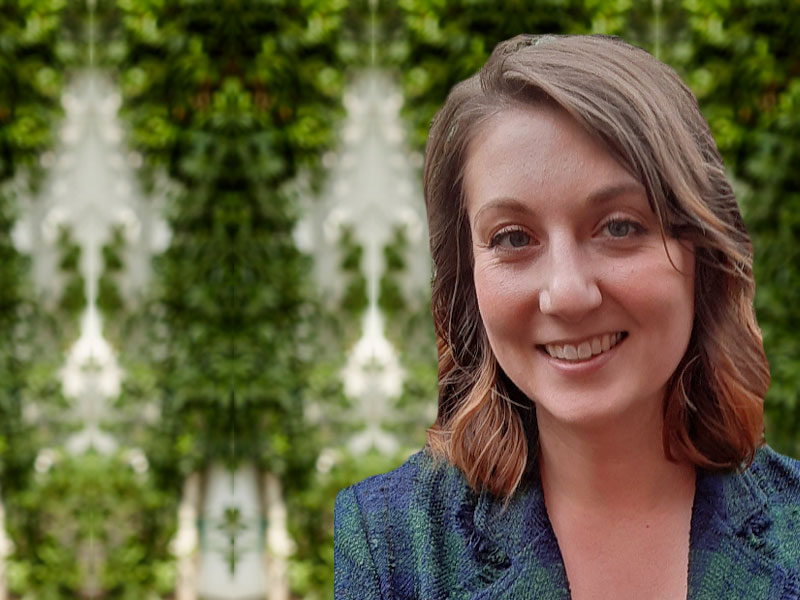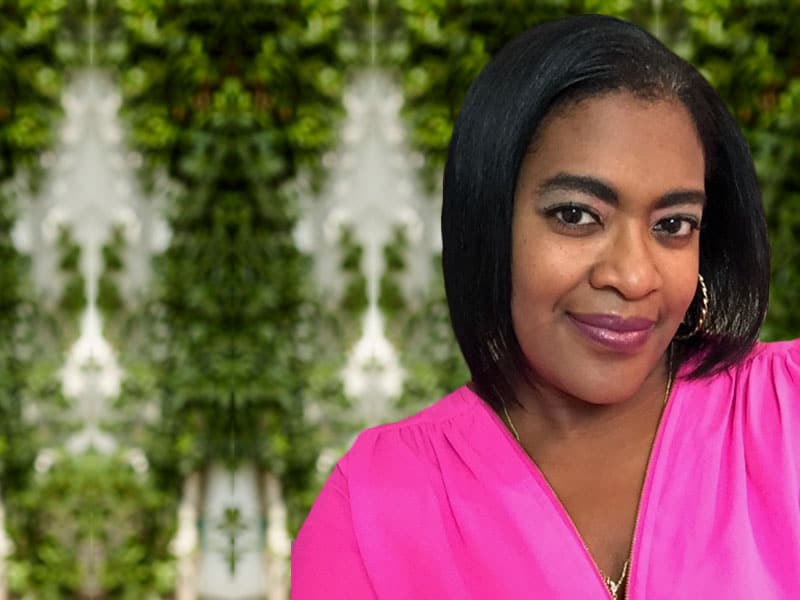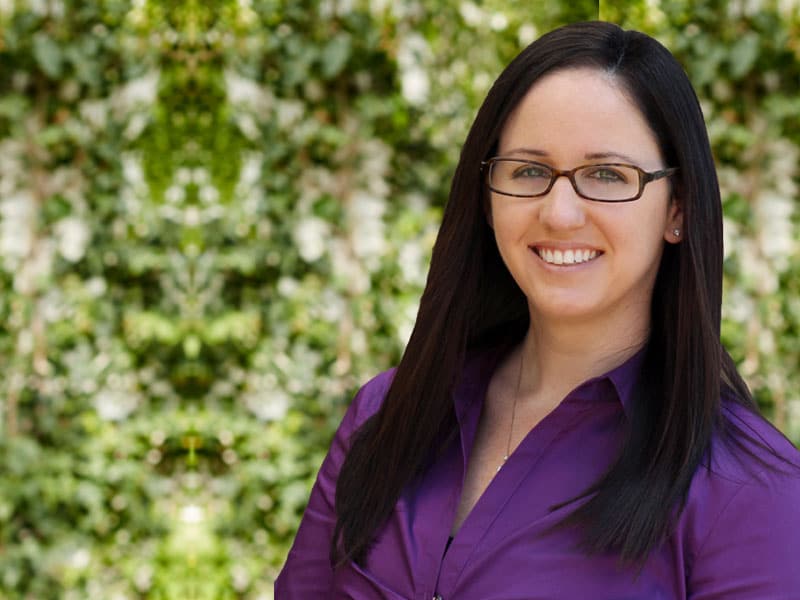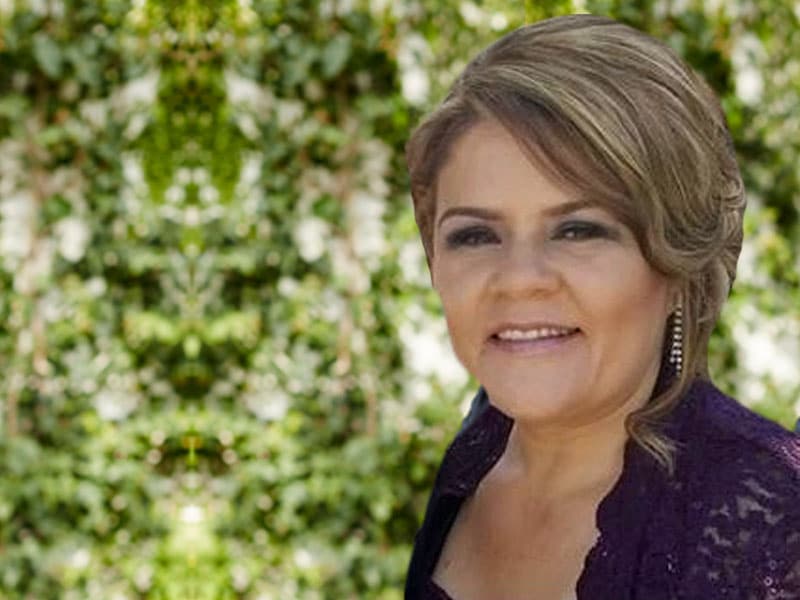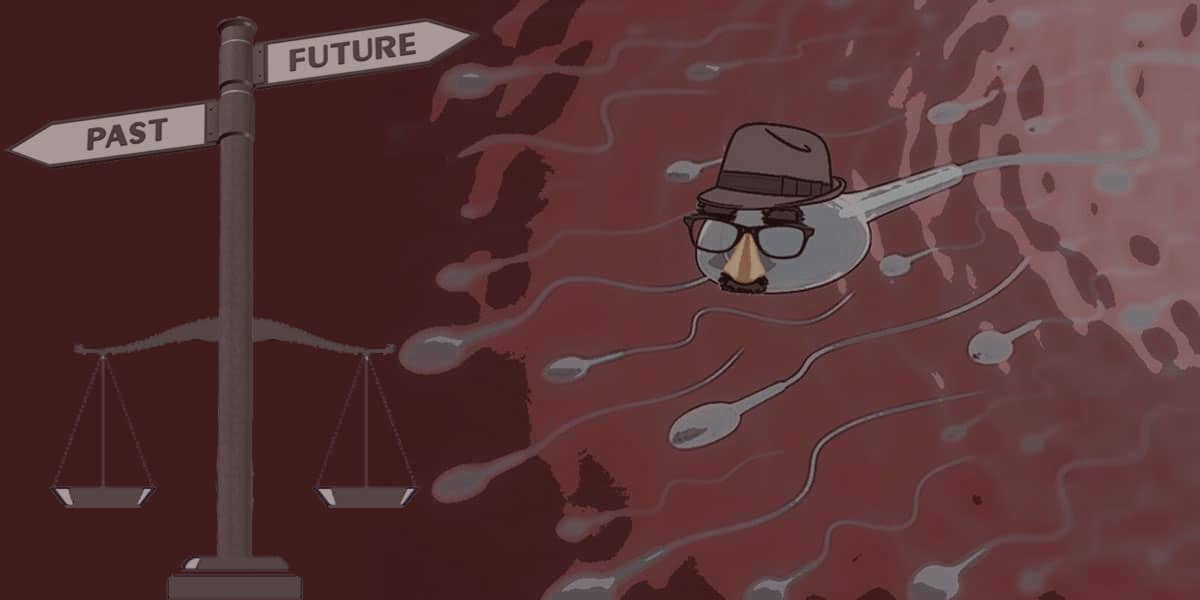
30 Oct 2020 Is Sperm Donor Anonymity a Thing of the Past?
For more than a century, since the first known use of in vitro fertilization as an infertility treatment, U.S. sperm donors traditionally have remained anonymous. But DNA testing for genetic disease, ancestry-tracing websites, and sibling registries changed everything, and sperm donor anonymity is no longer a lifetime guarantee. Today, in states such as California, New York and Washington, the law is catching up to the science and the reality of the consumer marketplace.
The ‘Wild West’ of U.S. Reproductive Law
Laws and regulations governing assisted reproductive technology (ART) in the United States are a checkerboard, differing from state to state on issues such as how legal parentage is established, who may legally participate in surrogacy under what conditions and what donor information must be collected and maintained.
Because assisted reproduction is generally legal in the United States, many intended parents travel to the United States from other countries where surrogacy and even egg or sperm donation may be banned or limited only to married, heterosexual couples.
Sperm donation in the United States is among the least regulated among reproductive technologies and has evolved into a sprawling and lucrative industry. Sperm banks, along with other types of organ and tissue donations, are regulated by the U.S. Food and Drug Administration (FDA), which requires a review of donor medical record and screening for communicable diseases and requires that donor sperm be frozen and quarantined for six months before use. While the FDA requires sperm banks to preserve certain donor information for medical purposes, it does not weigh in on donor anonymity.
Almost all anonymous sperm donors in the U.S. are compensated, and historically some donors fathered dozens or even hundreds of half-siblings. There is no uniform limit in the U.S. on the number of donations from a single donor, but best standards in the sperm donation industry have evolved. The American Society of Reproductive Medicine (ASRM) guidelines call for limiting each donor to 25 live births per population area of 850,000, but there is no legal enforcement of the limit, and a donor could potentially donate at multiple sperm banks. Likewise, ASRM recommends the recording and preservation of donor contact information, but the recommendations have no force of law. Regulation by states varies, and there is no centralized system for tracking donors.
Sperm Donation’s Secretive History
Although “artificial insemination” has been used for centuries in animal husbandry, the first recorded history of its successful use in humans occurred in the late 19th century. A Philadelphia medical professor inseminated an unconscious woman, whose elder husband was infertile, with sperm donated by a medical student voted by his peers as “best looking.” The case was not reported in an American medical journal, until 1909; the woman was never informed.
Over the ensuing decades, other doctors used the procedure to treat infertile patients. Cryopreservation, or the freezing of the donated sperm, had yet to be perfected, and the procedure required fresh sperm. Many doctors are believed to have inseminated patients using their own sperm.
From the beginning, infertility was stigmatized, a source of shame, particularly for men. Doctors performed the procedure privately, and the use of donated sperm was treated as a secret to be concealed. Often records were destroyed, to protect the privacy of the family or avoid future questions about paternity or inheritance.
In 1945, London gynecologist Mary Barton, who founded a clinic offering artificial insemination using donated sperm for women whose husbands were infertile, published an article on the procedure in the British Medical Journal. The clinic was said to have produced some 1,500 babies, 600 or so believed to have been fathered by Barton’s husband, generating criticism.
By 1951, some 20,000 babies were reported to have been born in the U.S. using donated sperm, but the procedure remained controversial. In 1953, American physician Dr. Jerome K. Sherman perfected the technology for preserving and freezing sperm, and the first successful pregnancy using frozen sperm was recorded.
Societal approval, however, lagged behind the science. In 1954, a Cook County, Illinois, court granted a divorce based on the fact that the wife, with the husband’s consent, had a child using donor sperm, calling the act of insemination “adultery” and the resulting child “illegitimate.”
A year later, Georgia passed a law deeming offspring born via donor insemination to be the legitimate children of the intended parents, with advance written consent of both. But other states continued to treat donor-conceived children as illegitimate through the 1960s.
In 1973, the Uniform Law Commission, followed by the American Bar Association a year later, adopted the Uniform Parentage Act (UPA). The UPA, most recently updated in 2017, offers a legislative model for states to establish the paternity of children born to married or unmarried parents. Addressing the legitimacy of donor-inseminated children for the first time, it helped in normalizing the use of sperm donation as a solution to infertility.
Booming Sperm Bank Industry Fosters Anonymity
As the use of cryopreserved sperm was perfected in the 1970s and 1980s, and as the use of assisted reproduction became more accessible and more reliable, a thriving U.S. sperm bank industry was born. Of 4 million babies born in the United States in 2010, 30,000 to 60,000 are estimated to have been conceived using donor sperm.
There are estimated to be about two dozen sperm banks operating in the U.S. today. Donors, typically young and cash-poor, have typically been attracted by the promise of anonymity and compensation, sometimes as low as $25 per donation. Sperm donors who agree to be known to intended parents and resulting offspring typically are paid more, and intended parents may pay more for sperm from a “known donor.”
As other kinds of fertility treatment improved outcomes for men suffering from sterility in the 1980s, sperm banks found new, growing markets: unmarried women and lesbians.
The sperm banks learned that these new customers, particularly lesbian intended parents, expected to tell their children how they were conceived and sought out “known” or “identified donors” who would agree to future contact from their offspring.
California Limits Sperm Donor Anonymity
Several Western nations, including Austria, U.K., Sweden and New Zealand, have enacted laws requiring that sperm donors provide both medical and identifying information and agree to future contact from the donor’s offspring.
In 2011, Washington became the first U.S. state to enact legislation that limits sperm donor anonymity. The law guarantees that children who are conceived using gametes from a Washington sperm bank or agency will, upon turning 18, have access to their donors’ medical histories and full names—unless the donor has specifically opted out of being identified.
In October 2019, California legislators followed Washington lawmakers’ path, with a law, effective in January 2020, that requires sperm banks in the state to collect and retain a sperm donor’s full name, date of birth and address, as well as any other contact information provided. The new law also requires the sperm bank to obtain a declaration stating whether the donor does or does not authorize the agency to disclose the donor information to any resulting children when they reach age 18 and request the information.
But the California law adds a couple of additional twists on the Washington legislation. If the California donor fails to complete a declaration stating his intention to remain anonymous, or if the clinic loses or fails to produce the declaration, donor information must be released to the child upon request at age 18.
The offspring of the sperm donor still has one additional recourse. If the donor-conceived child, upon reaching age 18, requests donor information, the sperm bank—even if it has the donor’s refusal on file—must contact the donor and give him the opportunity to disclose his identity at that time.
Case Law Denies Complete Donor Anonymity
Case law is following the same trend toward encouraging donor disclosure and discouraging donor anonymity. In May 2020, a California appellate court ruled that a sperm donor’s right to privacy is not absolute.
In that case, a Santa Barbara family sued California Cryobank, one of the nation’s largest and best-established sperm banks, for allowing an anonymous donor with a family history of kidney disease to donate sperm. In a ruling believed to be the first of its kind in the U.S., according to a Los Angeles Times article, “the court said, the donor’s privacy right was ‘substantially diminished,’ in part because he deposited more than 320 specimens with the sperm bank.”
Earlier this year, New York legislators passed a sweeping package of reforms to existing reproductive and parentage law, ending the state’s 30-year surrogacy ban.
While the new law does not directly change the laws around sperm donor anonymity, it establishes a procedure for intended parents who use donated eggs, sperm, or embryos to establish their legal parentage before their child is born.
Will Ban on Anonymity Create a Sperm Donor Shortage?
The commercialization of sperm donation in the U.S. resulted in a large pool of donors, largely motivated by financial compensation and expecting anonymity. In reality, with the advent of consumer DNA-testing websites such as 23andMe and Ancestry.com, and sibling registries that help trace and connect half-siblings conceived by the same donor, even a sperm donor who has filed a refusal to be identified has no real guarantee of anonymity, regardless of what the law of his state says.
Some in the sperm donor industry fear the new push for disclosure will have a chilling effect on the donor pool. In a 1984 interview, then-California Cryobank co-owner Steve Broder explained to The Los Angeles Times, “After all, what guy who’s been paid $25 for his sperm, which is what we pay, wants to take the chance of being confronted 20 years later by one or three children, each claiming he is their biological father and each wanting love or a loan or something?”
A 2012 review of 29 studies from nine countries indicated that 20 percent to 50 percent of sperm donors would still donate even if anonymity could not be guaranteed.
However, studies of other countries have showed a drop in sperm donors after laws banning anonymity were enacted, as well as an increase in “reproductive tourism” travel to other countries where donor anonymity is prevalent.
For example, after Britain passed a law in 2005 allowing donor-conceived offspring to access donor-identifying information at age 18, only 307 people registered to become a sperm donor in 2006. Australia and New Zealand also have experienced shortages of both sperm donors and gamete supply. A 2016 study from Harvard Law School found that 29 percent of potential sperm donors would not donate if their names were put on a registry.
One impact on donors will no doubt be compensation. Sperm banks and agencies typically charge more for gametes from “known” donors, in part because it is harder to recruit sperm donors who will accept future contact. That means donors, with no expectation of privacy, will be paid more for each donation.
Other factors also will impact the financial compensation for donors as well as the donor pool. Although known donors can expect to be paid more, they are more likely to be limited to fewer donations, or the number of families using a single donor will be limited, as the industry moves to reduce the risk of a single donor conceiving scores or hundreds of half-siblings.
Other impacts on donors won’t be fully realized for another 18 years or so, when even donors who intended to donate anonymously may find their genetic progeny have sought them out.
Intended Parents May Prefer Anonymous Donor
While many intended parents are increasingly open to full transparency about their children’s conception via donated sperm, some, for social or cultural reasons, prefer that the sperm donor remain anonymous.
Some sperm donor recipients fear that a known donor will surface, uninvited, in their and their child’s lives, demanding a parental role. Others prefer to keep their reproductive history private from others, fearing familial disapproval or social stigma.
Still others worry that the existence of a genetic “parent” would harm their own parental relationship with their child. As assisted reproductive technology attorney Amira Hasenbush told AbovetheLaw.com in 2019, donors are less concerned about loss of anonymity than the intended parents—even though the law in California and in most states clearly states that the recipient parents, and not the sperm donor, are the legal parents of the child.
The other impact on intended parents will no doubt follow the laws of supply and demand. If the loss of anonymity—either by law or through consumer DNA tracing—indeed reduces the donor pool, the supply of donor sperm will fall, and costs probably will go up for intended parents.
Donor-Conceived Children’s Right to Know
Steeped in a history of secrecy and stigma, the sperm donor industry in the United States traditionally has prioritized the rights of the donor to anonymity over the rights of the donor-conceived child to know their biological origins.
In the 1980s, as fertility treatments improved and more single women and LGBTQ people began using sperm banks, attitudes toward sperm donation became more open and accepting.
The world’s first successful birth by in vitro fertilization occurred in 1973. As the children conceived via this new technology began to reach adulthood, some sought information about their genetic origins, only to be frustrated by sperm banks’ donor anonymity constraints.
Meanwhile, societal attitudes about adoption had changed to favor adopted children’s right to know their genetic origins.
In 2000, according to The New York Times, a donor-conceived child, with his mother, founded the Donor Sibling Registry, following in the footsteps of Single Mothers by Choice, a registry started by a single sperm donor recipient in the 1990s. Today, the Donor Sibling Registry, which requires that users be 18 or have parental permission, matches some 1,000 half-siblings or other genetic relatives each year.
In the United States, the FDA has mandated that sperm banks retain donor medical histories, guaranteeing the rights of donor-conceived children and their parents to information impacting future health. But today many experts believe children may be adversely affected emotionally as well if their genetic origins are concealed. According to ASRM’s fact sheet for intended parents, “while ultimately the choice of the recipient parent, disclosure to donor-conceived persons of the use of donor gametes or embryos in their conception is strongly encouraged.”
According to ASRM, disclosure builds trust among family members, fosters honesty between parents and children, allows parents and children to be forthcoming with their physicians, and avoids the chance that the secret might be forced out during a medical emergency.
How Will Sperm Donor Disclosure Change Assisted Reproduction?
Sperm donation and donor insemination in the U.S. historically was treated as an intensely private matter between doctor and patients and, with the advent of sperm banks, between donor and agency. Intended parents and sperm donors alike preferred anonymity.
With the growing popularity and accessibility of assisted reproductive technology, attitudes have changed. It is too soon to know exactly what the impact of the loss of donor anonymity, voluntary or otherwise, will have on the field of ART, but there will be an impact. Already, priorities in the industry are shifting from protecting donor privacy to upholding the child’s right to information.
The ART attorneys and paralegals of IFLG believe that, ultimately, the benefits of transparency and openness will outweigh any potential declines in the donor pool and availability of donated sperm. But we also understand the choice to use (or to volunteer as) an open or anonymous donor is a very personal choice, and we support those choices fully, guiding our clients through the process in a way to best protect them now and in the future. For more information about egg, sperm or embryo donation and how to legally protect your family, contact IFLG today.
